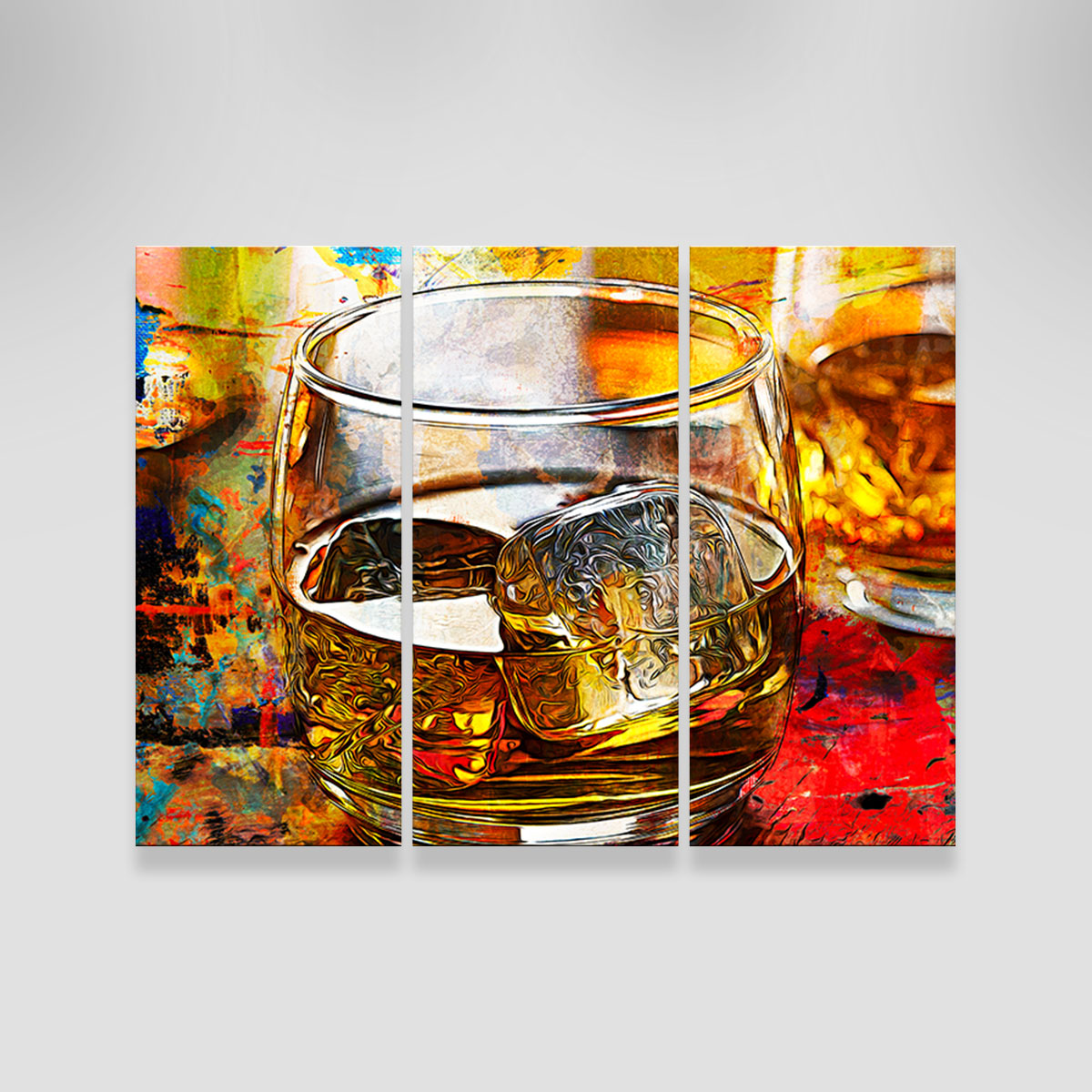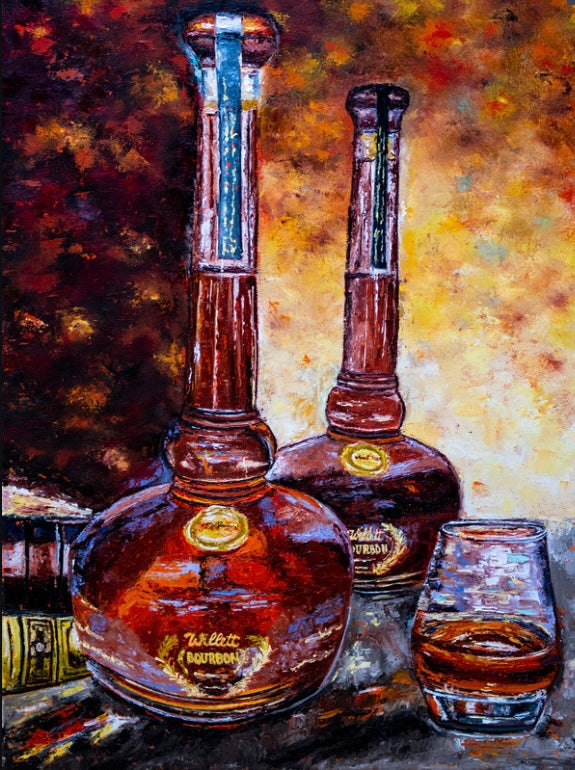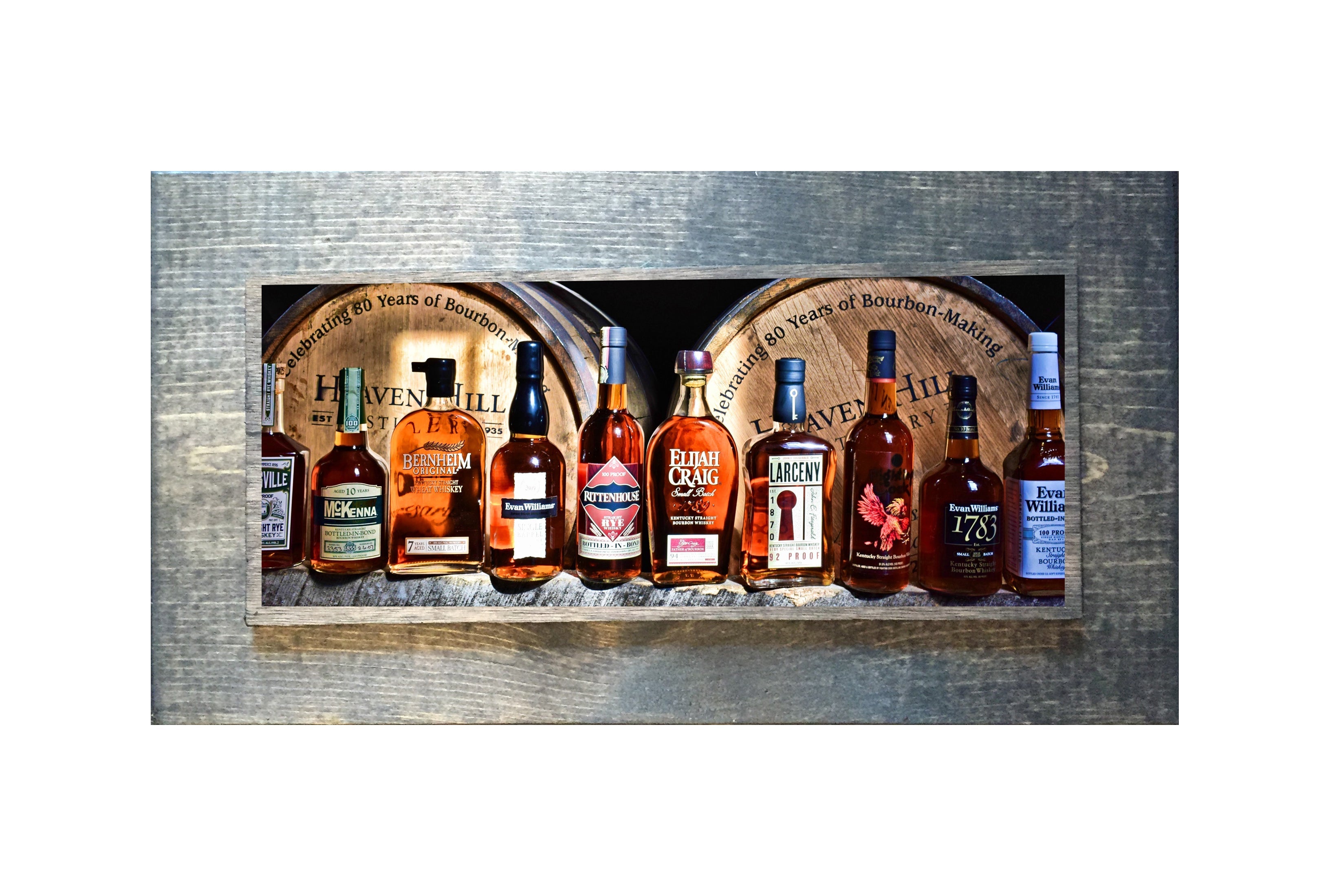Introducing the Beauty of Bourbon Art: A Tribute to Craft Distillers
Wiki Article
The Significance of Whiskey Art in Celebrating Heritage and Craftsmanship in the Beverage Industry
The intricate connection in between whiskey art and the party of heritage and workmanship within the beverage sector can not be overstated. Via attentively made labels and containers, whiskey brands encapsulate their historical origins and the artisanal skills that specify their production approaches. This imaginative measurement not only boosts market appeal however likewise works as an avenue for social narration, cultivating a deeper connection between the craft and the consumer. As we discover the numerous elements of this topic, interesting inquiries concerning the impact of modern trends on traditional methods develop, motivating more assessment.The Historic Origins of Whiskey
At the heart of whiskey's appeal lies an abundant tapestry of historic origins that trace back to ancient worlds. The origins of whiskey can be linked to the purification techniques of the Sumerians and Babylonians around 2000 BCE, where very early forms of fermented grain drinks began to arise. It was in the Middle Ages that the art of purification progressed considerably, particularly in Ireland and Scotland, leading to the production of whiskey as we understand it today.
The term "whiskey" itself stems from the Gaelic word "uisce beatha," implying "water of life." This expression emphasizes the cultural relevance of bourbon in Celtic societies, where it was often associated with routines, celebrations, and public bonding. By the 15th century, distillation became an identified craft within monastic areas, leading the way for the establishment of legal distilleries.
As profession courses increased, scotch's appeal grew, going beyond local limits and recording the interest of lovers worldwide. Realism Art. This historical journey reflects not just the workmanship behind bourbon production yet additionally its essential function in cultural and social contexts, noting it as a substantial drink throughout background
Artistic Expression in Branding
Scotch branding stands as an engaging crossway of creativity and business, where aesthetic identification plays an important duty in forming customer assumption. The aesthetic appeals of scotch labels, product packaging, and advertising products reflect not only the brand's tale however additionally its core values and heritage. With creative expression, distilleries convey a story that resonates with customers, evoking emotions and stimulating connections.Making use of shade, typography, and images in branding offers to set apart items in a saturated market. For instance, typical motifs might evoke a sense of authenticity and craftsmanship, while modern-day designs can represent advancement and forward-thinking. This critical artistic direction enhances brand acknowledgment and loyalty, enabling consumers to build a personal partnership with the whiskey they choose.
Furthermore, artistic expression in branding usually serves as an event of local heritage. Distilleries frequently include regional symbols or historic recommendations into their layouts, creating a feeling of area that invites customers to partake in a more comprehensive social experience. Eventually, the creativity behind whiskey branding not only enhances visual allure but likewise enhances the overall story of the brand name, promoting a deeper gratitude for the workmanship and heritage ingrained in each container.
Craftsmanship in Bottle Design
The creativity noticeable in bourbon branding expands beyond aesthetic identity to encompass the craftsmanship associated with bottle layout. Each container acts as a vessel not simply for the spirit within, yet likewise for the story it tells about its origin, quality, and tradition. The layout process calls for thorough attention to information, as aspects such as material, closure, and shape contribute considerably to the overall assumption of the scotch.Workmanship in bottle style involves choosing top notch glass that can enhance the bourbon's color and clearness, while likewise giving a tactile experience for the consumer. The shape of the container must be both aesthetically appealing and practical, often showing the heritage of the brand name. Many distilleries opt for special shapes or printed logos that evoke a feeling of authenticity and background.
Moreover, the label layout and typography play a critical function in connecting the brand's narrative. Realism Art. A well-crafted bottle not just astounds the consumer's eye however additionally reinforces the brand's commitment to top quality and custom. This way, the workmanship of bottle style comes to be an important element of the whiskey experience, combining virtuosity with an extensive regard for heritage
Cultural Importance of Scotch Art
Commemorating practice and craftsmanship, the social importance of whiskey art transcends mere visual appeals, intertwining with the historical and social narratives of the areas from which it stems. Each bottle functions as a canvas, portraying the one-of-a-kind stories, folklore, and practices that have shaped neighborhood whiskey-making methods. The intricate designs frequently reflect the heritage of the distillers, incorporating symbols and themes that reverberate with the culture and worths of their neighborhoods.
Furthermore, scotch art plays a vital function in common gatherings and events, offering as a substantial web link in between individuals and their shared experiences. By appreciating the creativity in bourbon product packaging, consumers grow a deeper understanding and regard for the craft, eventually enriching their enjoyment of the drink itself.
Modern Trends in Bourbon Discussion
Over the last few years, the discussion of scotch has developed to reflect contemporary preferences and trends while still recognizing typical workmanship - Realism Art. Distilleries are progressively focusing on visual elements that improve the overall drinking experience, bridging the space in between heritage and modernityIngenious container layouts have actually arised, commonly integrating sustainable products and Limited Edition creative labels that tell compelling stories. Many brands now work together with regional artists, instilling their products with special visual expressions that reverberate with consumers. In addition, limited-edition releases are typically packaged in collectible containers, including value and charm for aficionados.

Verdict
In conclusion, whiskey art serves as an essential conduit for revealing the heritage and craftsmanship fundamental in the drink industry. Via detailed branding, innovative container designs, and culturally significant artistic aspects, scotch brand names successfully recognize their traditions and link with consumers.

Workmanship in bottle style involves selecting top quality glass that can enhance the whiskey's color and clarity, while likewise supplying a responsive experience for the consumer. In this way, the workmanship of bottle style comes to be a crucial element of the scotch experience, merging artistry with a profound respect for heritage.
In final thought, bourbon art serves as an important conduit for sharing the heritage and craftsmanship integral in the drink sector.
Report this wiki page